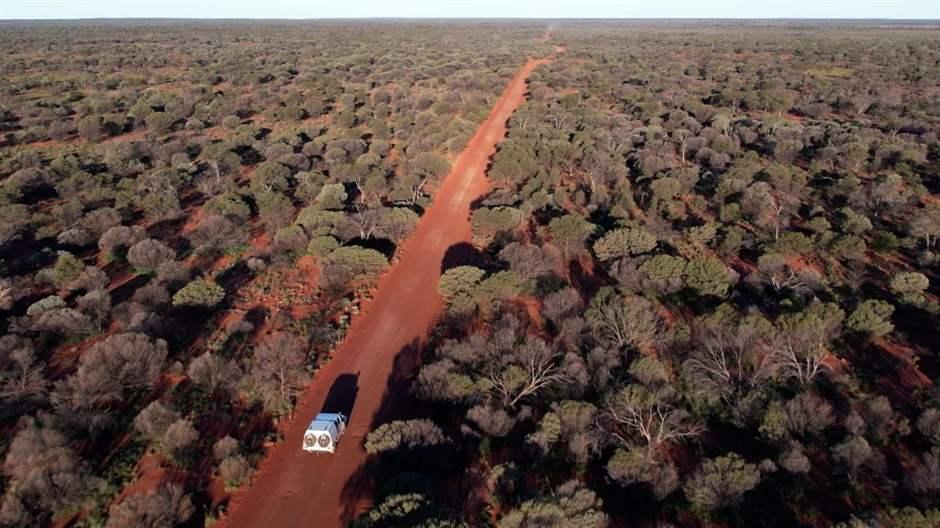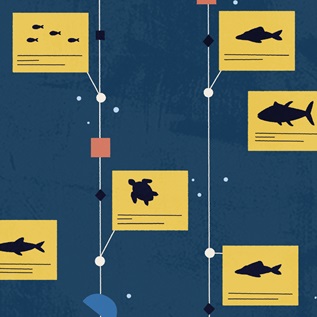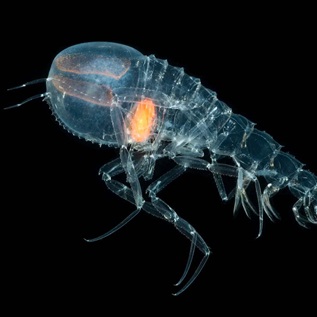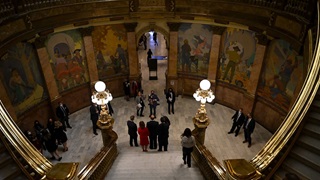In Western Australia, a Conservation Model for the World
Co-management of new parks with Indigenous Australians benefits nature and people
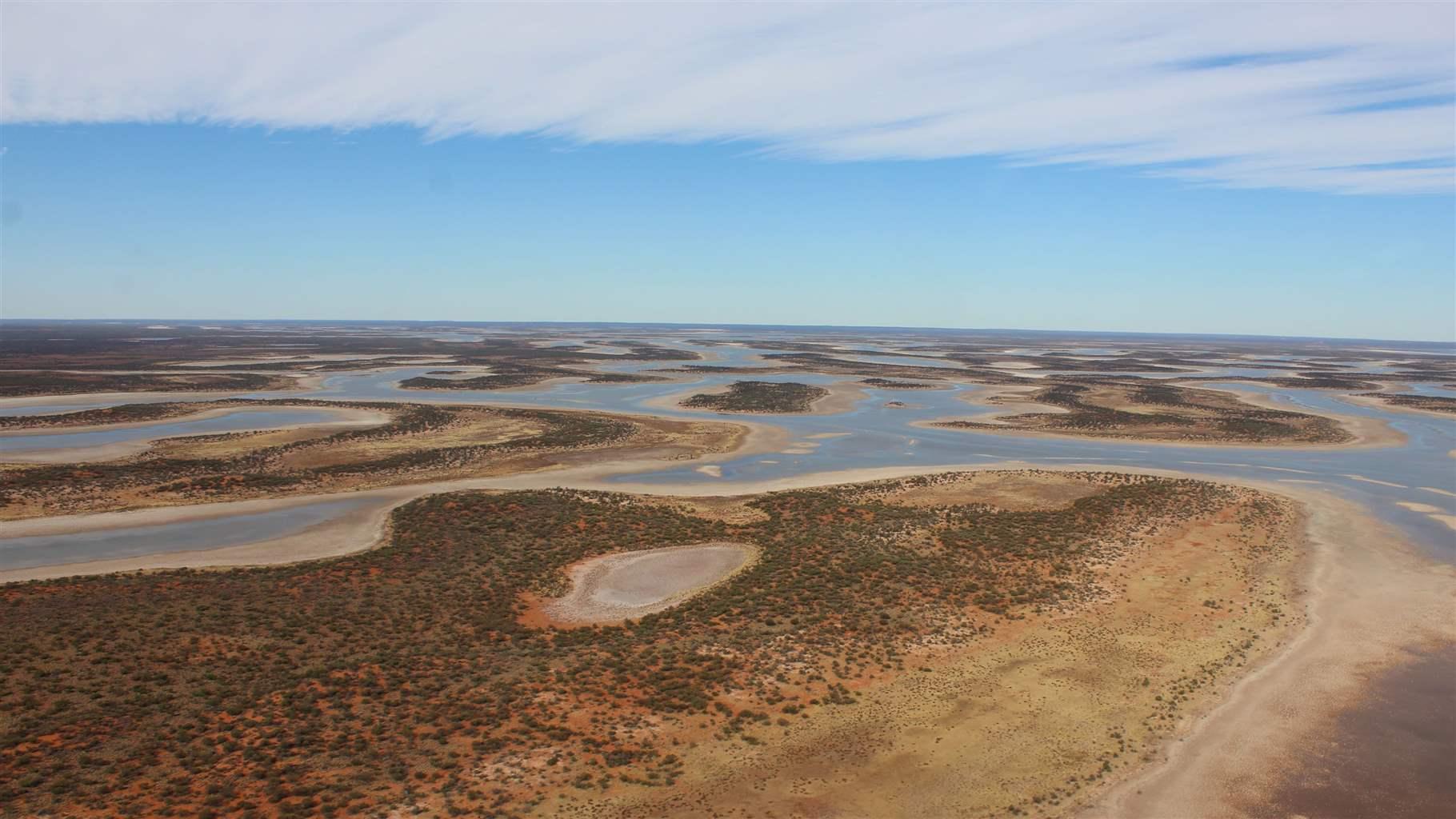
From a conservation perspective, the sprawling, sun-drenched expanse of Western Australia is a prime opportunity. The state’s rich tapestry of life – which includes eight of Australia’s 15 national biodiversity hotspots and an array of unique flora, fauna, culture, landscapes and ecosystems – are under threat from the relentless advance of climate change, habitat destruction and other human impacts.
The Western Australian Government is well positioned to both counter these threats and establish a model of conservation policy for other leaders within and beyond Australia to follow.
At the core of that effort should be the protection of at least 30% of the state’s terrestrial and marine areas by 2030. That would help Western Australia and the country contribute to the achieving that benchmark on the global scale, a target known as 30 by 30 that the United Nations Convention on Biological Diversity agreed to in 2022.
The good news is that Western Australia is already halfway there. In 2019, then-Premier Mark McGowan announced the Plan for Our Parks initiative aimed at expanding Western Australia’s national parks by an ambitious 5 million hectares (19,305 square miles), covering both terrestrial and marine areas. This underscored the state’s dedication to preserving Western Australia’s unique landscapes and biodiversity and set a new benchmark for conservation efforts across Australia.
Since that announcement, the state has declared almost 3 million hectares (11,500 square miles) of new national parks, marine parks and conservation reserves under the initiative, with an additional 2 million hectares due to be completed by the end of 2024.
The creation of more national parks, and the expansion of existing parks in Western Australia, is an investment in Australia’s future. These parks are not only sanctuaries for wildlife but also living museums, educational resources, models for improved mental and physical health, and sources of inspiration. They offer spaces for reflection and recreation, where people can connect with nature and with each other. Moreover, they are vital for supporting the health of our planet: Dozens of studies show that protected natural areas help keep the air and water clean and are more resilient to the effects of climate change than are unprotected areas.
The significance of Plan for Our Parks transcends conservation. The initiative is an act of reconciliation and respect for the Traditional Owners of these lands because it prioritizes the establishment of parks through joint-management agreements and acknowledges the deep, spiritual connection Indigenous peoples have with their ancestral territories. This approach also offers a pathway to healing from centuries of inequity and a chance to move forward in partnership, in part by recognizing First Nations’ invaluable knowledge about – and longstanding stewardship of – Australia’s natural heritage.
This spirit of reconciliation and respect was clear at the May 2023 ceremony marking the creation of the 6,093 square kilometres (2,353 square miles) Matuwa Kurrara Kurrara National Park. There, representatives of the Martu people and state government celebrated the culmination of nearly two decades of collaborative restoration on this once-degraded pastoral land. Jointly managed by the Martu people and government, the park is home to 133 endemic bird and 20 mammal species, along with one of Australia’s biggest threatened animal translocation projects.
However, the state’s conservation journey is far from over. The success of 30 by 30 hinges on collaboration among governments, Indigenous communities, conservationists and the private sector. This must include not just the expansion of protected areas but also improvements to the management of existing ones, ensuring they are effectively contributing to conservation goals.
In Western Australia, this means identifying new areas for protection that are critical for biodiversity, supporting Indigenous-led conservation efforts and ensuring that conservation measures are integrated with sustainable development goals. This approach recognizes the unique role that Western Australia plays in the global conservation landscape, with its rich biodiversity, vast wilderness areas and strong Indigenous stewardship.
Government and Indigenous leaders must also focus on restoring degraded ecosystems, enhancing the ecological function of protected areas, and fostering community engagement and support for conservation. In this regard, the creation of Matuwa Kurrara Kurrara National Park can be a model of how to combine science and Indigenous knowledge to preserve biodiversity.
By creating more national parks in this mould, Western Australia can show its commitment to both the natural world and to the people who rely on it and create a legacy that will stand the test of time.
Bill Kruse works on The Pew Charitable Trusts’ protecting Australia’s nature project.
